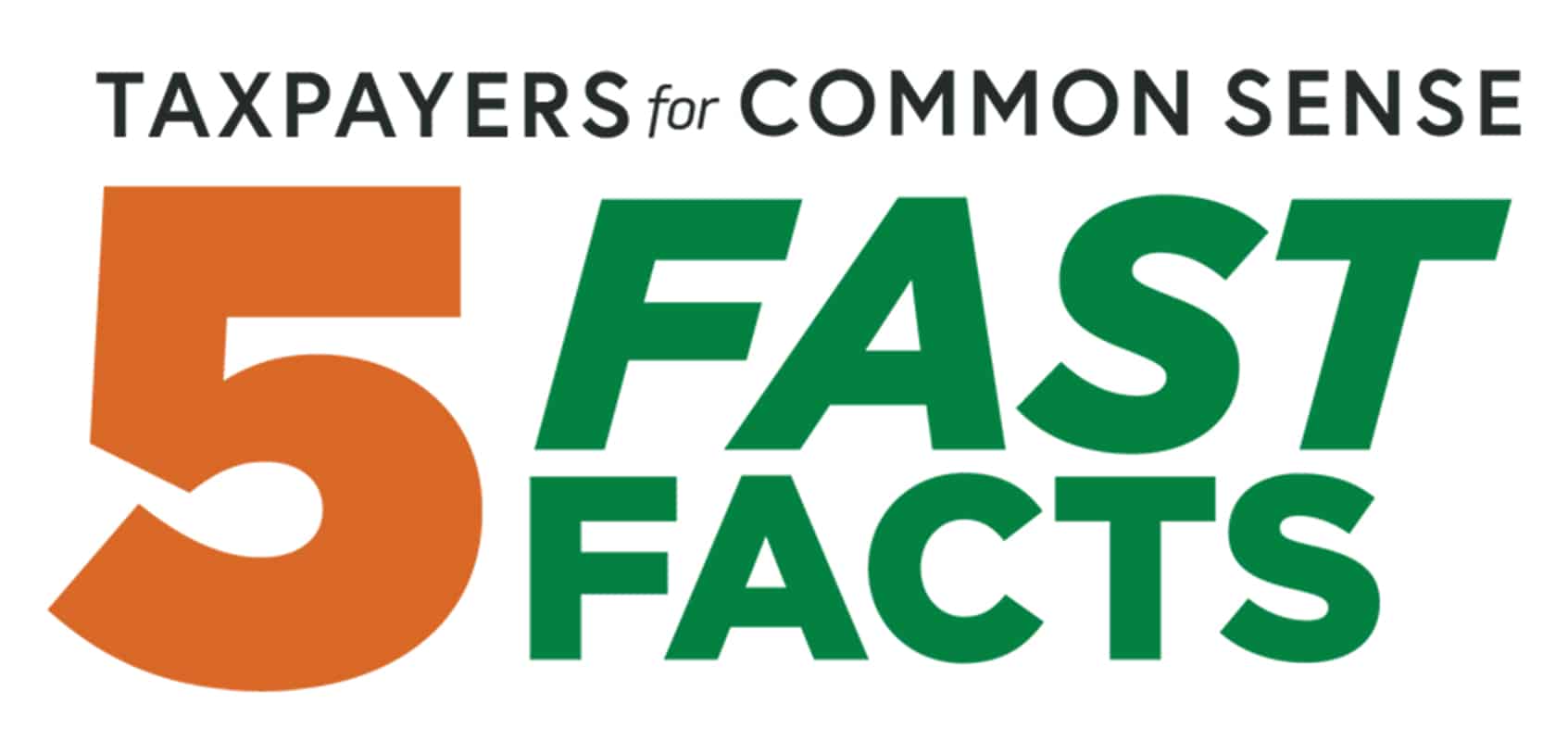
ABOUT
The Federal Debt Ceiling
1. WHY IS THE U.S. GOVERNMENT IN DEBT?
For the entirety of our country’s history, we have been in debt. In 1835, it dropped to just under $34,000 from $4.76 million the year before, but by 1838, the debt was back over $3.3 million and growing. This is because the U.S. Government spends more each year than the Treasury takes in through taxes and other forms of revenue such as federal fees, royalties, and tariffs. Like household budgets, when the government spends more than it makes, it must borrow money to pay its bills.
2. WHAT IS THE DEBT CEILING?
Until 1917, Congress told the Executive how much it could spend as it went. With World War I, lawmakers wanted to create more rapid flexibility and essentially created the upper borrowing limit, kind of like a credit card. Since then, lawmakers have routinely increased the limit on debt (debt ceiling or debt limit). This debt is the accumulated annual budget deficits over the years, as well as the interest the nation pays to finance that debt. The U.S. Government sells Treasury debt and uses that money to pay the bills. Increasing the debt ceiling does not cause additional spending. Instead, the increase covers payments on past debts incurred from past spending and tax cuts. Raising the debt ceiling allows payment for previous debt, similar to the way American families make payments on credit card debt.
3. WHAT ARE “EXTRAORDINARY MEASURES”?
These are obscure accounting and funds management actions that can delay a breach of the debt ceiling. For instance, the Department of the Treasury has the authority to move money across federal agencies to meet payment deadlines temporarily. The department could suspend payments into federal retirement and health benefits plans to preserve cash. Treasury can also suspend payments in the Exchange Stabilization fund and can issue $15 billion in additional debt (not subject to the debt ceiling) in the Federal Financing Bank. Each of these actions must eventually be reversed, and the accounts reimbursed when the debt crisis has passed.
4. WHAT CAN CONGRESS DO TO AVOID BREACHING THE DEBT CEILING?
Short term, Congress can legislatively raise or suspend the debt ceiling. Congress has approved 103 separate debt limit modifications between the end of World War II and 2024. Some advocate prioritizing debt payments and favored programs like Social Security or minting a trillion-dollar platinum coin and depositing it in the Treasury. Realistic and long-term solutions include 1) reducing spending, 2) adhering to the elements of a balanced budget, where annual spending does not exceed revenue, 3) adjusting tax law to raise revenues, and 4) a combination of all three. In 2019 the IRS estimated just increasing the enforcement of existing tax law would raise $381 billion in revenue each year.
5. WHAT HAPPENS IF CONGRESS DOESN’T RAISE THE DEBT CEILING?
Not paying our country’s creditors would mean defaulting on our debt. A default would send the stock market crashing, roil international markets, and ultimately cost taxpayers dearly. The U.S. benefits from being the world’s reserve currency and is viewed as a secure investment. Once in default, that is all called into question, and it will cost more to sell securities in the future. The U.S. Government credit rating will be downgraded, increasing the cost of borrowing for the government and, eventually, for all Americans.










